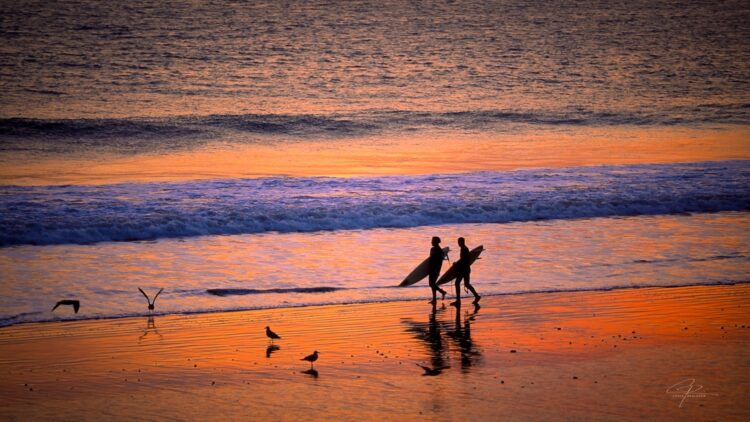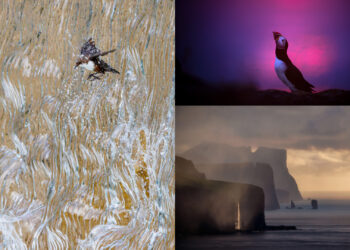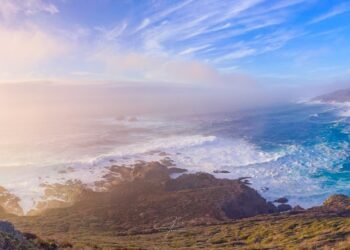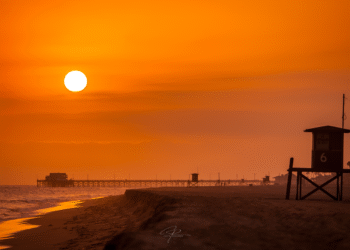Part 1 – Aperture, Shutter Speed and ISO
Aperture, Shutter Speed and ISO make up the 3 basic parts of a camera and are the components in what we call the Exposure Triangle.
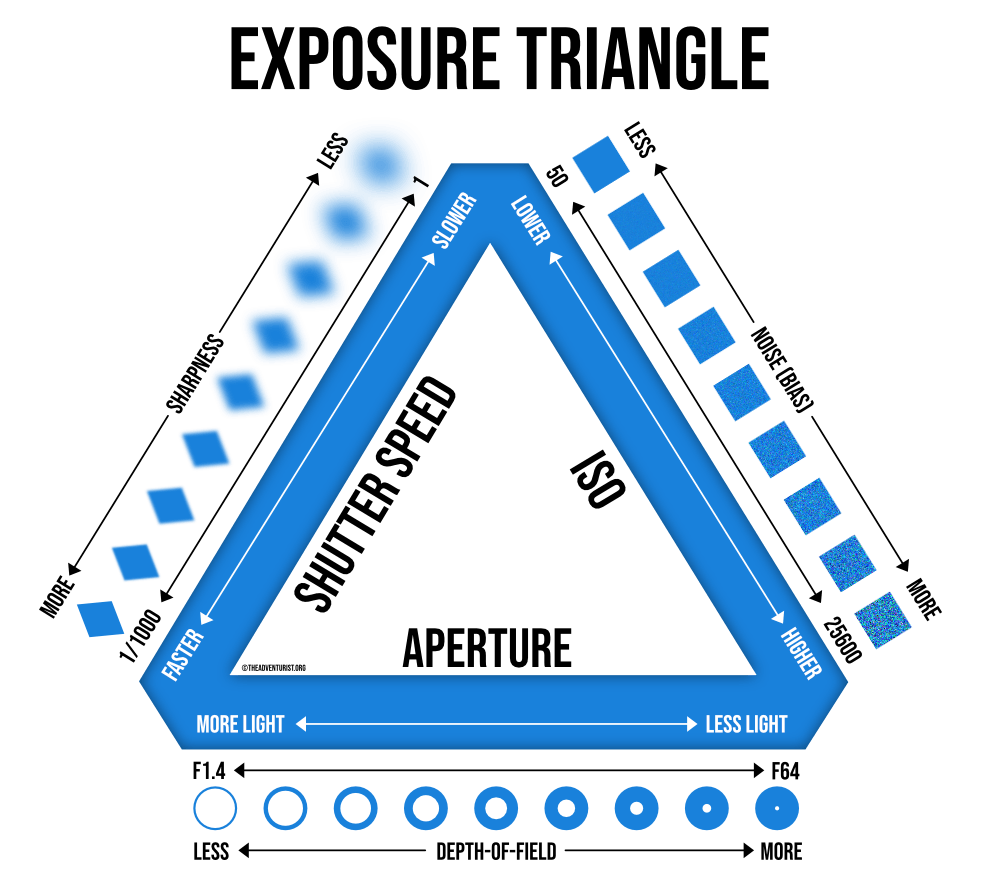
Aperture
Aperture is the physical opening inside a lens that determines the amount of light passing through the lens. It is expressed in f numbers such as f11, f16, f22 etc. The larger the number, the smaller the aperture, and the less light is passed. We call lenses with large apertures like f-1.4 a ‘fast’ lens. The most common f-stops you will encounter are: 2.8, 4, 5.6, 8, 11, 16, 22.
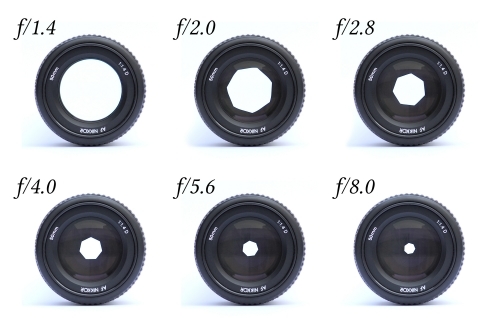
Shutter Speed
Shutter Speed determines how long the camera shutter remains open during a given exposure. It is expressed in whole numbers as well as fractions. 1 would be a 1 second exposure, 1/125 would be an exposure of ‘one one-twenty-fifth’ of a second. The larger the whole number the longer the exposure, and the smaller the fraction the shorter the exposure duration. Slowing the shutter speed down will allow more light making the exposure brighter. Speeding the shutter speed up (smaller fractions) will reduce the amount of light making the exposure darker. You will typically be using exposures from 1/60 to 1/2000 but there are much slower and much faster exposures on cameras. Astrophotography exposures can be hours long.

ISO
ISO is the gain of the sensor. Beginners can think of it as it’s sensitivity to light. When changing the ISO you are amplifying the signal from the sensor, which makes the image lighter or darker. Its important to understand that changing the ISO does not actually increase or decrease actual photons hitting the sensor. This will become important for when we get into controlling noise later. Every camera sensor has whats called a base ISO, the ISO that is the best ‘dynamic range’ for that sensor. For example the Canon R8 base ISO is 100 & 400. that sensor. For example the Canon R8 base ISO is 100 & 400.
Effects of these Elements
Changing these elements will have effects on the resulting image aside from the exposure. We will get into these in depth later, but here is a basic synopsis.
Aperture – Smaller apertures (larger f-stops) will produce a longer ‘depth-of-field’, or more of the image will be in focus. Larger apertures will have the opposite result. An example is a background that is in focus vs. one that is blurry.
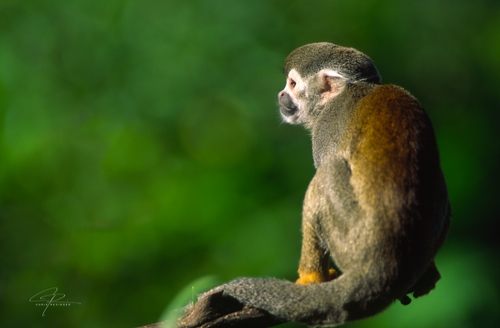
Shutter Speed – Faster Shutter Speeds have the effect of freezing movement. Slower Shutter Speeds allow movement to ‘drag’ or become blurry.
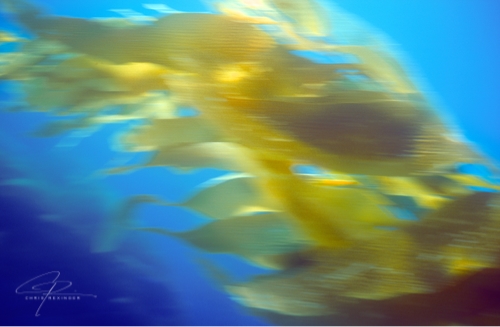
ISO – Typically lower ISO’s produce less noise, and higher ISO’s produce more noise in the image. Technically this is not actually whats happening, but for now this is a good way to think of it.
What is this word ‘stop’?
In photography the word ‘stop’ means a doubling or halving of the amount of light. If you open the lens from f22 to f16 I have just doubled the amount of light hitting the sensor. From f16 to f22 you have halved the amount. Same with Shutter Speed, if I change from 1/125 to 1/250 I have just halved the amount of light. For ISO, if I go from ISO100 to ISO200 I have just doubled the amount of gain (remember not actual photons).
So moving from f22 to f16 we would say we have ‘opened up 1 stop’. Moving from 1/125 to 1/250 we would say we have ‘stopped down 1 stop’.
Homework
Now that you are familiar with what Aperture, Shutter Speed, and ISO do, go take photographs! Try to take 100 images in the next week and get familiar with what effects the three elements have on the resulting image.
Coming Soon – Basic Daylight Exposure


